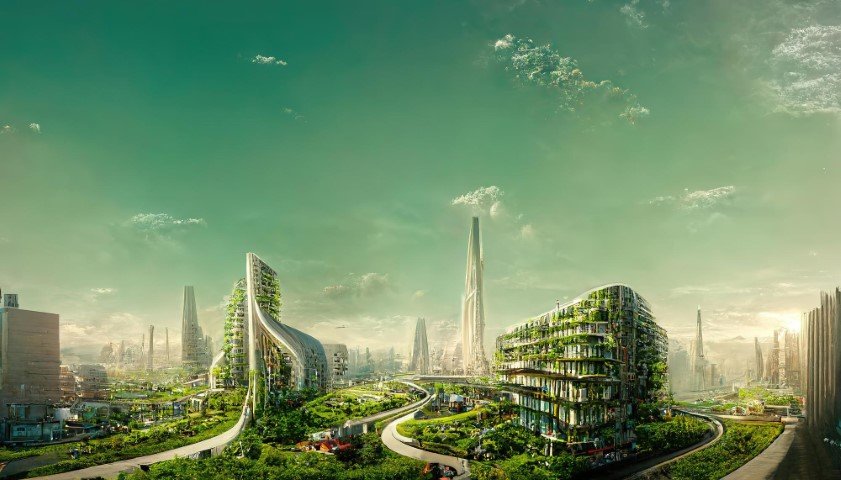Blog
Building a Sustainable Future: Energy-Efficient Buildings as Climate Champions
In a world grappling with the dire consequences of climate change, the importance of sustainable architecture and energy-efficient buildings cannot be overstated. These buildings are not merely structures; they are climate champions that play a pivotal role in mitigating global warming, reducing energy consumption, and shaping a sustainable future for us and generations to come.
The Climate Imperative
The climate crisis is undeniably one of the most significant challenges humanity faces today. Rising temperatures, extreme weather events, and environmental degradation are already affecting millions of people worldwide. The built environment, including residential, commercial, and industrial buildings, is a major contributor to greenhouse gas emissions.
The Power of Energy-Efficient Buildings
Energy-efficient buildings, also known as green buildings or sustainable buildings, are designed and constructed with a focus on minimizing their environmental impact. Here’s why they are crucial in the fight against climate change:
1. Reduced Carbon Footprint
Energy-efficient buildings use less energy for heating, cooling, lighting, and appliances. This means lower greenhouse gas emissions, as a significant portion of emissions comes from the energy used in buildings.
2. Energy Savings
By incorporating features like better insulation, efficient HVAC systems, and energy-efficient lighting, these buildings significantly reduce energy consumption. This not only benefits the environment but also saves occupants money on utility bills.
3. Improved Indoor Air Quality
Green buildings often prioritize indoor air quality through better ventilation and the use of low-VOC (volatile organic compound) materials. This creates healthier living and working environments.
4. Resource Efficiency
Sustainable buildings use materials efficiently, reduce waste during construction, and may even incorporate recycled or renewable materials. This minimizes the ecological footprint of the building.
5. Long-Term Economic Benefits
While the initial costs of constructing green buildings can be higher, the long-term economic benefits, including energy savings and increased property values, often outweigh the upfront expenses.
Green Building Certifications
To ensure that buildings meet specific sustainability criteria, various green building certifications have been established, such as LEED (Leadership in Energy and Environmental Design), BREEAM (Building Research Establishment Environmental Assessment Method), and Green Star. These certifications set standards for energy efficiency, water conservation, indoor air quality, and other sustainable features.
Innovative Design and Technology
Architects and engineers are continually pushing the boundaries of sustainable design and construction. They incorporate innovations like passive solar design, smart building systems, and renewable energy sources such as solar panels and wind turbines to maximize efficiency and minimize environmental impact.
Government Incentives
Many governments offer incentives to encourage the construction of energy-efficient buildings. These incentives can include tax credits, grants, and expedited permitting processes, making it more financially appealing for developers to invest in sustainable architecture.
The Role of Individuals
Individuals also have a role to play in promoting sustainable building practices:
- Choose Green Buildings: When buying or renting property, consider energy-efficient buildings and look for green certifications.
- Energy Conservation: Implement energy-saving measures at home, such as using LED lighting, improving insulation, and investing in energy-efficient appliances.
- Advocate for Sustainable Policies: Support policies and regulations that promote sustainable building practices in your community.
Conclusion
Energy-efficient buildings are not just environmentally responsible; they are essential climate champions. As our world grapples with the consequences of climate change, the construction and renovation of energy-efficient buildings represent a concrete and impactful way to reduce greenhouse gas emissions, conserve resources, and create healthier living and working environments. Building a sustainable future starts with the choices we make today, and energy-efficient buildings are a vital part of that vision.




